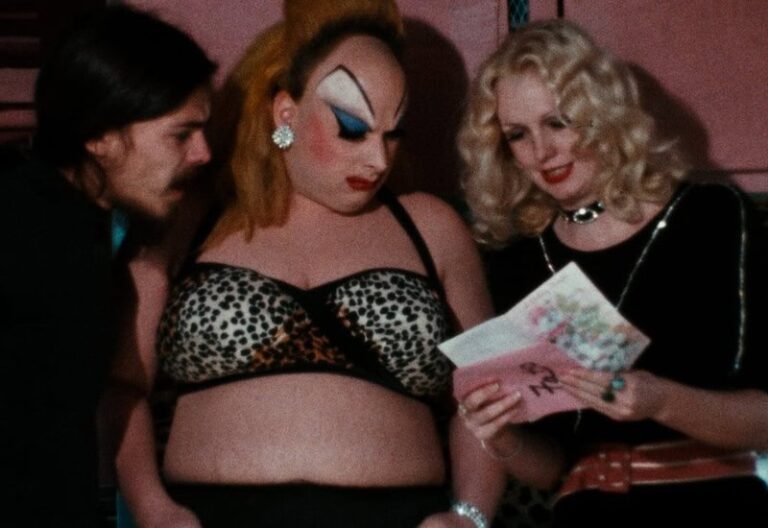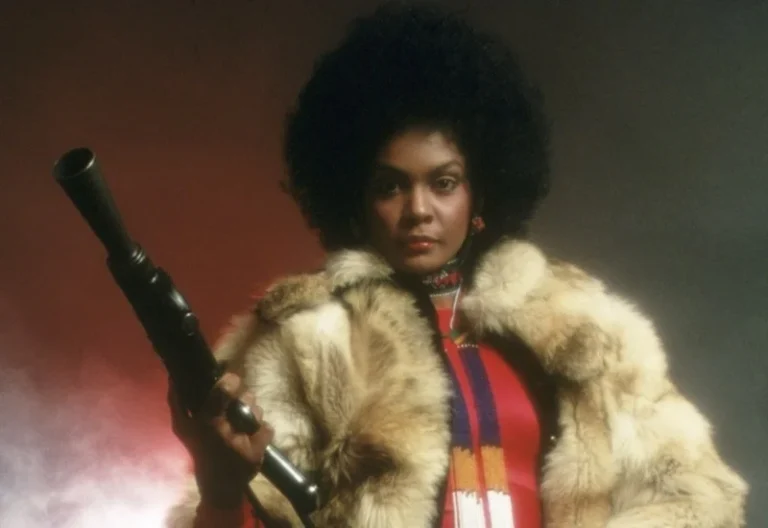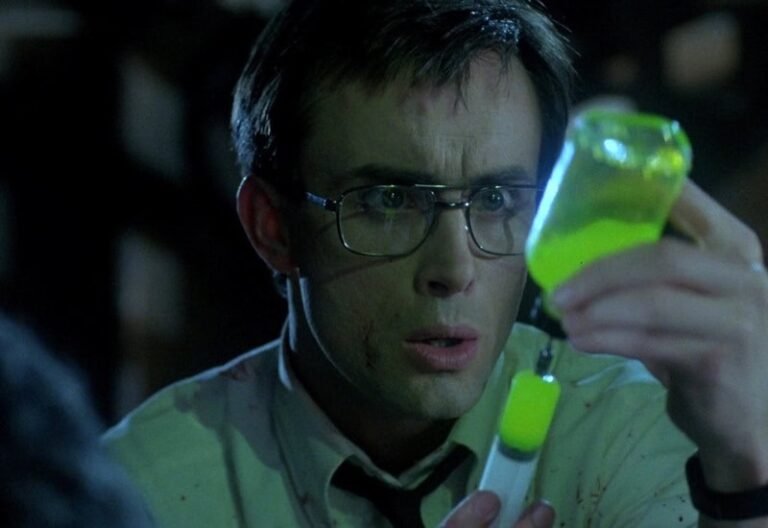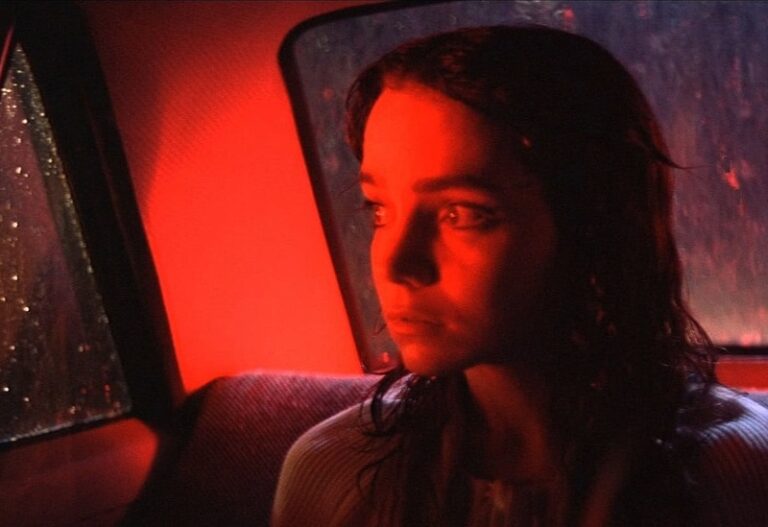defining exploitation films
Exploitation films have long captivated the audiences with their bold and provocative themes, defying the conventions of mainstream cinema. These low-budget movies thrived on shock value, focusing on sensational themes like sex, violence, and social rebellion.
Published by: CinemaWaves Team | Filed Under: Film Blog
What are Exploitation Films?
Exploitation films are a unique and controversial subgenre that are known for their lurid content, sensationalist themes, and low-budget production values, exploiting current social issues, popular trends, or taboo subjects. Whether it’s sex, violence, drugs, or bizarre subcultures, they capitalize on shock value, often at the expense of artistic or narrative depth. Despite their reputation for being low-art and cheaply made, exploitation films have played a significant role in the development of modern cinema, influencing various mainstream genres while giving rise to some of the most iconic cult films in history.
The beginnings of exploitation films can be traced to the early 20th century, when filmmakers in the United States and Europe began creating movies that directly addressed taboo subjects, often in sensational contexts. Films such as “Reefer Madness” (1936) warned of the dangers of drug use in a sensationalized, fear-mongering way, using their controversial subject matter as a marketing tool. This early wave of exploitation cinema centered around social issues, including drug addiction, sexual health, or juvenile delinquency, capitalizing on the public’s curiosity and desire for forbidden content.
By the 1960s, exploitation films had evolved, becoming more audacious as they got influenced by the rising counterculture movements and the breakdown of censorship standards. Directors were now exploring increasingly controversial themes such as the Vietnam War, civil rights, and the sexual revolution. The fall of the Hays Code in 1968, which had enforced strict guidelines on what could be shown in Hollywood films, allowing these films to flourish throughout the 1970s.
This era marked the height of the exploitation genre, with grindhouse theaters across America showing double features of low-budget, gritty films. Though largely dismissed by mainstream critics at the time, they would go on to leave a lasting influence on future filmmakers and genres, from horror and action to the indie cinema boom of the 1990s.

Characteristics of Exploitation Films
Exploitation films are characterized by their focus on shock value and sensationalism. Common traits include extreme depictions of sex, violence, or drug use, designed to attract audiences with a promise of content that “mainstream films would not dare to show.”
These films were marketed using provocative posters and trailers, emphasizing their most controversial aspects, even if the content itself was less extreme than advertised. The titles of exploitation films were also a key marketing tool, often promising thrills and shocks with names like “Blood Feast” (1963) and “Faster, Pussycat! Kill! Kill!” (1965).
Stylistically, they were made quickly and cheaply, using inexperienced actors, minimal special effects, and low production values. This resulted in a gritty, raw aesthetic that only added to their allure. Plotlines were usually secondary to the film’s sensationalist goals, serving merely show their shocking visuals. However, the lack of polish and narrative depth actually added to their cult appeal, drawing audiences who appreciated their rebellious spirit.

Best Known Subgenres of Exploitation Film
Sexploitation: This subgenre focuses on sexual content featuring erotic scenes and nudity as the main draw. Prominent during the 1960s and 1970s, sexploitation films like “Faster, Pussycat! Kill! Kill!” (1965) blended sex appeal with elements of violence and rebellion.
Blaxploitation: Emerging in the early 1970s, they were created by and for African American audiences. Films like “Shaft” (1971) and “Super Fly” (1972) portrayed strong, independent Black characters, blending action, crime, and social commentary. While influential, they were also criticized for perpetuating stereotypes.
Zombie Films: Often rooted in exploitation, zombie films were known to use the undead as metaphors for societal collapse or human fears. “Night of the Living Dead” (1968) by George A. Romero, revolutionized the genre blending horror with social commentary. Its low-budget production and graphic violence set the standard for future horror films.
Slasher Films: Known for their focus on a masked killer stalking and killing a series of victims, slasher films gained massive popularity in the late 1970s and 1980s. “Halloween” (1978), directed by John Carpenter, is one of the most iconic entries, establishing many tropes of the subgenre, such as the “final girl” and creative, brutal kills.
Giallo Films: An Italian subgenre of horror-thriller that includes elements of crime, mystery, and extreme violence, featuring stylized cinematography and elaborate murder scenes. Dario Argento’s “Suspiria” (1977) is the most well known giallo films, famous for its haunting visuals, bold colors, and surreal storytelling.
Spaghetti Westerns: Italian filmmakers revolutionized the western genre in the 1960s, creating gritty, stylized, and morally ambiguous films with lower budgets than their American counterparts. “The Good, the Bad and the Ugly” (1966), directed by the legendary Sergio Leone, became a defining film of the spaghetti western genre, combining iconic cinematography, a memorable score, and complex characters in a ruthless, lawless setting.
Influence on Mainstream Cinema
While exploitation films were initially considered marginal and disreputable, they have had a significant influence on mainstream cinema over the years. Many filmmakers, including Martin Scorsese, Quentin Tarantino, and John Carpenter, have drawn inspiration from exploitation films’ rebellious spirit, gritty aesthetics, and raw energy.
Beyond individual filmmakers, exploitation cinema’s impact is seen in the development of subgenres and tropes that have become integral to film. The extreme violence, controversial themes, and sensationalism that exploitation films embraced were once considered taboo but have since found their way into action, horror, and crime films in more polished forms. In this way, exploitation films helped blur the lines between arthouse and commercial film, allowing once-marginalized filmmaking techniques to become part of mainstream cinematic language.
Refer to the main page for more educational insights on filmmaking and cinema history.
A cult film is a movie that builds a devoted following without achieving mainstream success or widespread critical praise at the time of its release. These films are…
Blaxploitation is a film subgenre of action and exploitation films that emerged in the early 1970s, characterized by its focus on African American protagonists, urban…
B movies have long been a staple of the film industry, existing in the shadows of their higher-budget counterparts yet cultivating their own unique legacy. These films…
Giallo is a subgenre of horror-thriller films that started in Italy, characterized by its unique blend of murder mysteries, psychological horror, eroticism, and stylized violence….
Cinema as an art form, has the unique ability to challenge societal norms, push the boundaries of storytelling and provoke intense emotions. One of the most striking…
The studio system was a dominant force in Hollywood from the 1920s to the 1950s. It was characterized by a few major studios controlling all aspects of film production…






